
Laboratory Animals Species used as Research Subjects


Laboratory Animals Objectives
-
Explain what is means to map a gene, including the basic process and historical use of fruit flies and crossover data.
-
List the characteristics of animal species that make them likely to be used as laboratory animals, including care and ethical concerns.
-
Describe what research using laboratory organisms has revealed about “non-Mendelian” forms of inheritance.
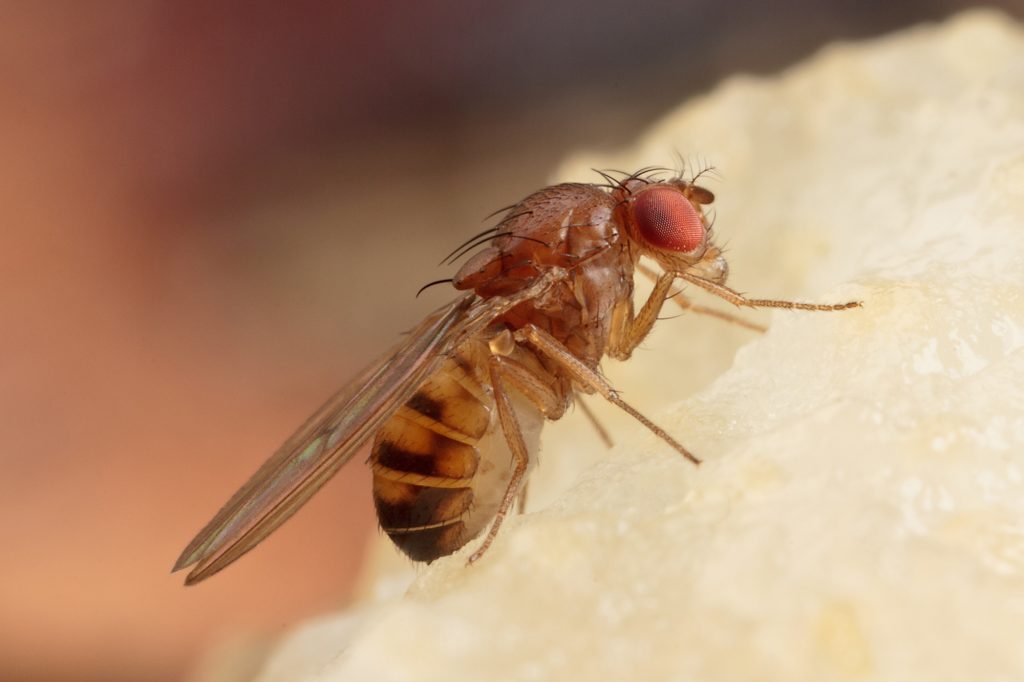
It is one thing to know that gene areas of DNA code for proteins; its another level of complexity to figure out where specifically the gene is located. Once a gene is located or mapped, it is possible to study it and even alter it with genetic technologies.
Gene mapping is locating genes in specific areas of chromosomal DNA. Much of the work on locating genes has been done in laboratory animals, including fruit flies.
This video provides an overview of fruit flies, including why they are used in genetics research. Fruit flies are so significant in studying inheritance, they will be introduced here and continue in the next section of this guide.
This is a colony of flightless fruit flies that have mutations rendering their wings incapable of flight. They do jump, but have difficulty eluding predators and are frequently used to feed reptiles.
The entire life cycle of the most common fruit fly (Drosophila melanogaster) is studied extensively, through its egg, larva, pupa, and adult stages. Fruit fly larvae are large enough that you can see physical details with minimal magnification.
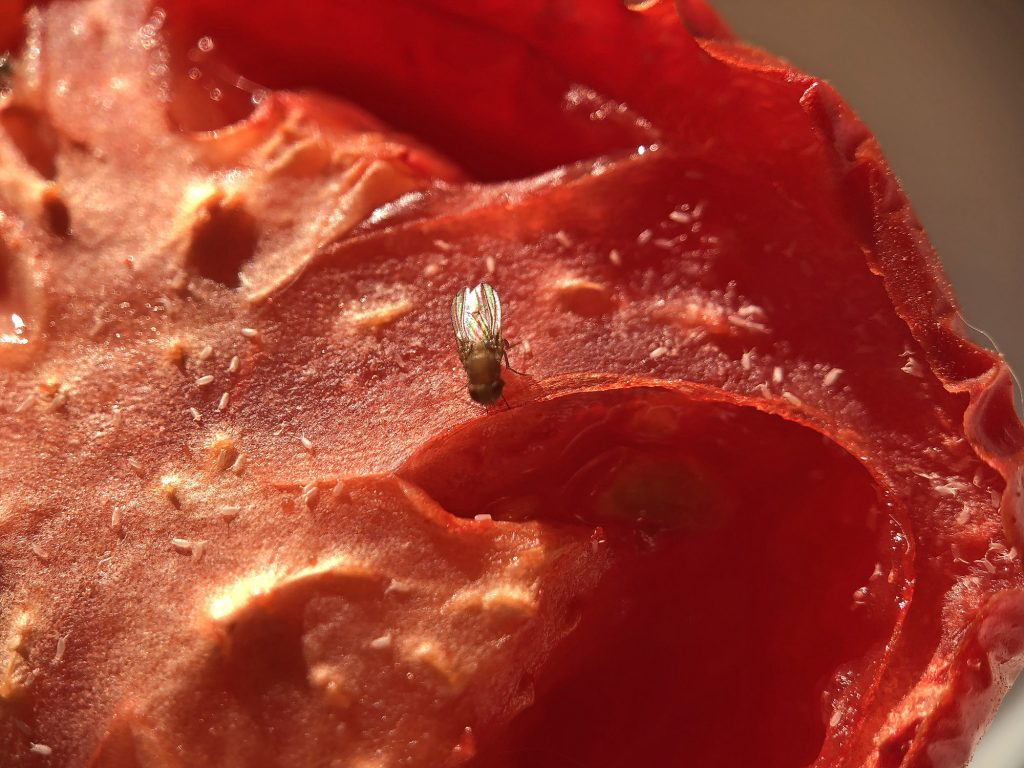
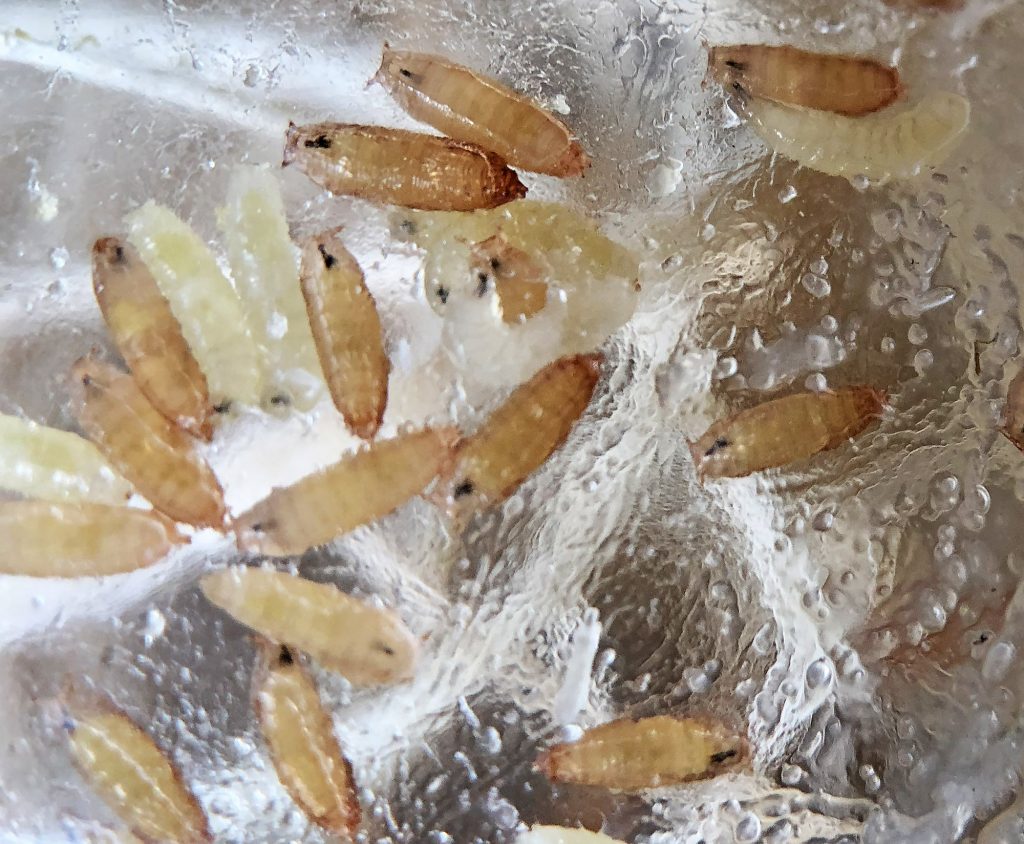
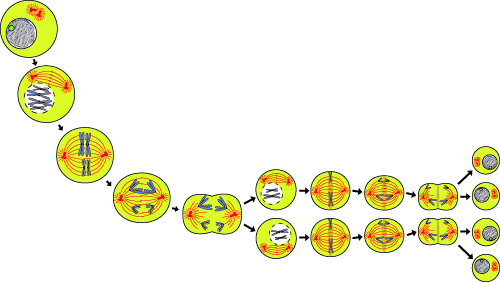
Fruit flies have been used extensively to study cellular processes, including meiosis. From the life stages section, meiosis produces _________ and _________.
During meiosis, when the chromosomes replicate, there is an opportunity for crossing over. This video demonstrates what this means and why it is significant.
In case you have never watched fruit flies for any length of time, you may be surprised that the adults exhibit complex behaviors in their short lives. We will have more on studying animal behaviors in module #9.
Our fruit fly colony has taken over the kitchen; in case you think they are defenseless, this is their response to being trapped in a container.
Laboratory Animals

Animals have been used for experimentation for thousands of years. Early records indicate that animals were used to test potentially toxic plants.
In the past century, new product testing and regulations were expanded. Animals and animal cell cultures are used extensively to test new medications, cosmetics, and procedures.
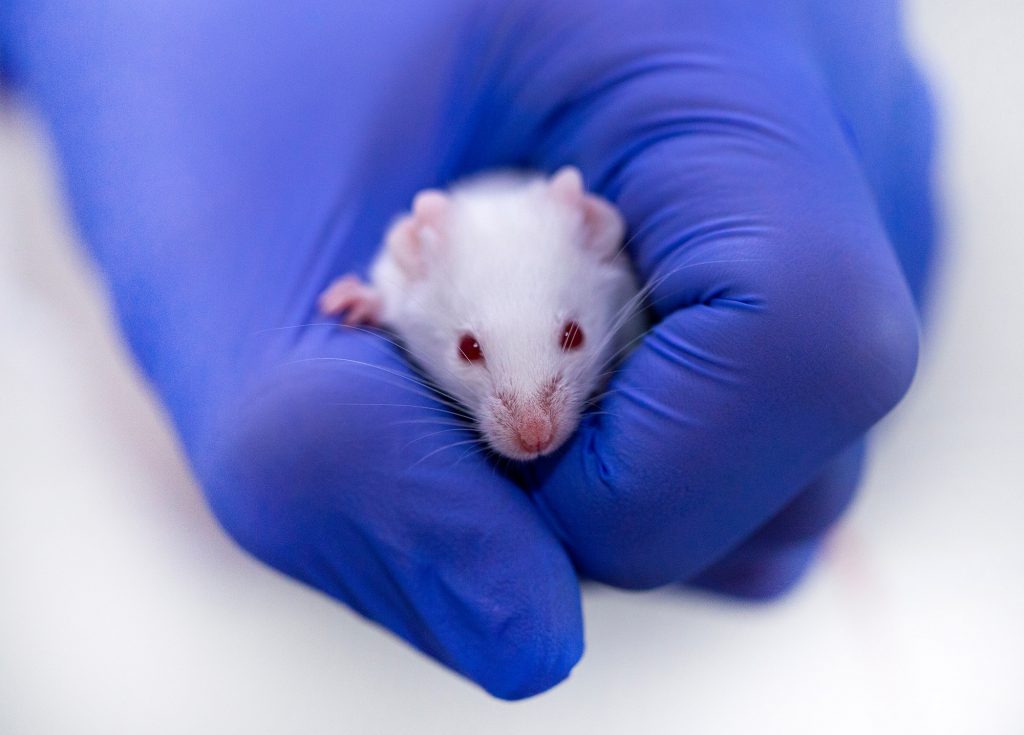
Animals commonly used in medical and cosmetic research
These animals have similar skins and other organs to humans, as well as small size and inexpensive herbivorous diets.
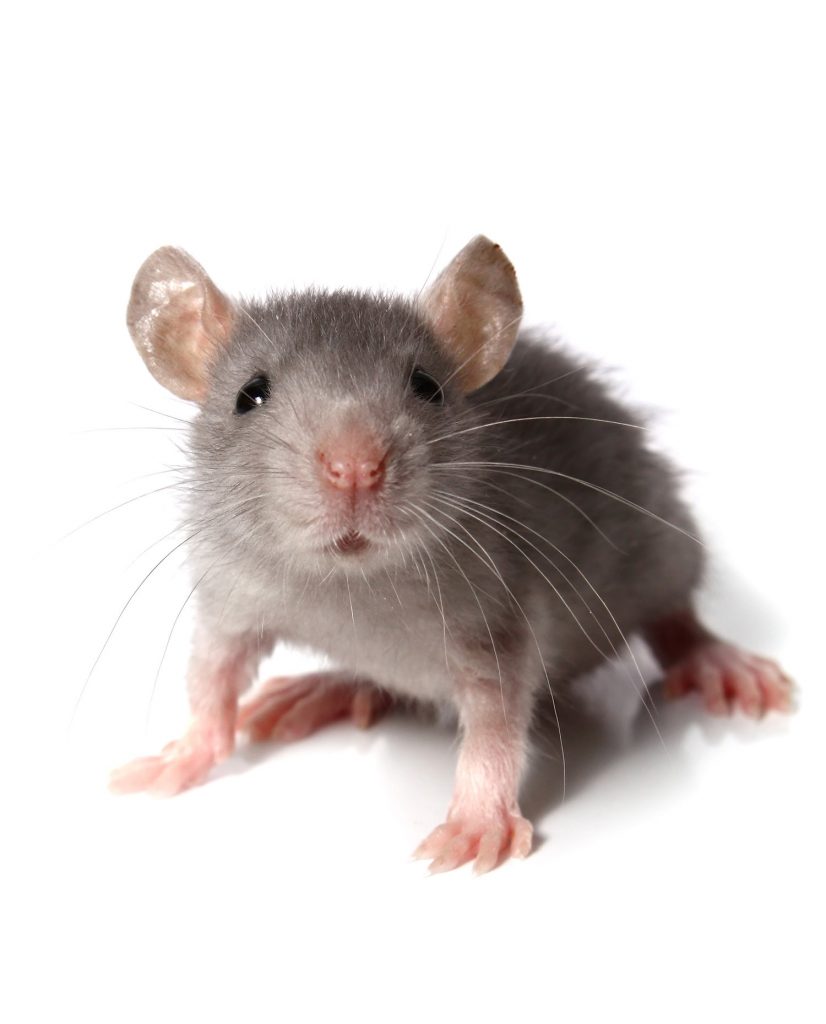
Mice
Mice are small, eat inexpensive foods, mature quickly, and produce large numbers of offspring.
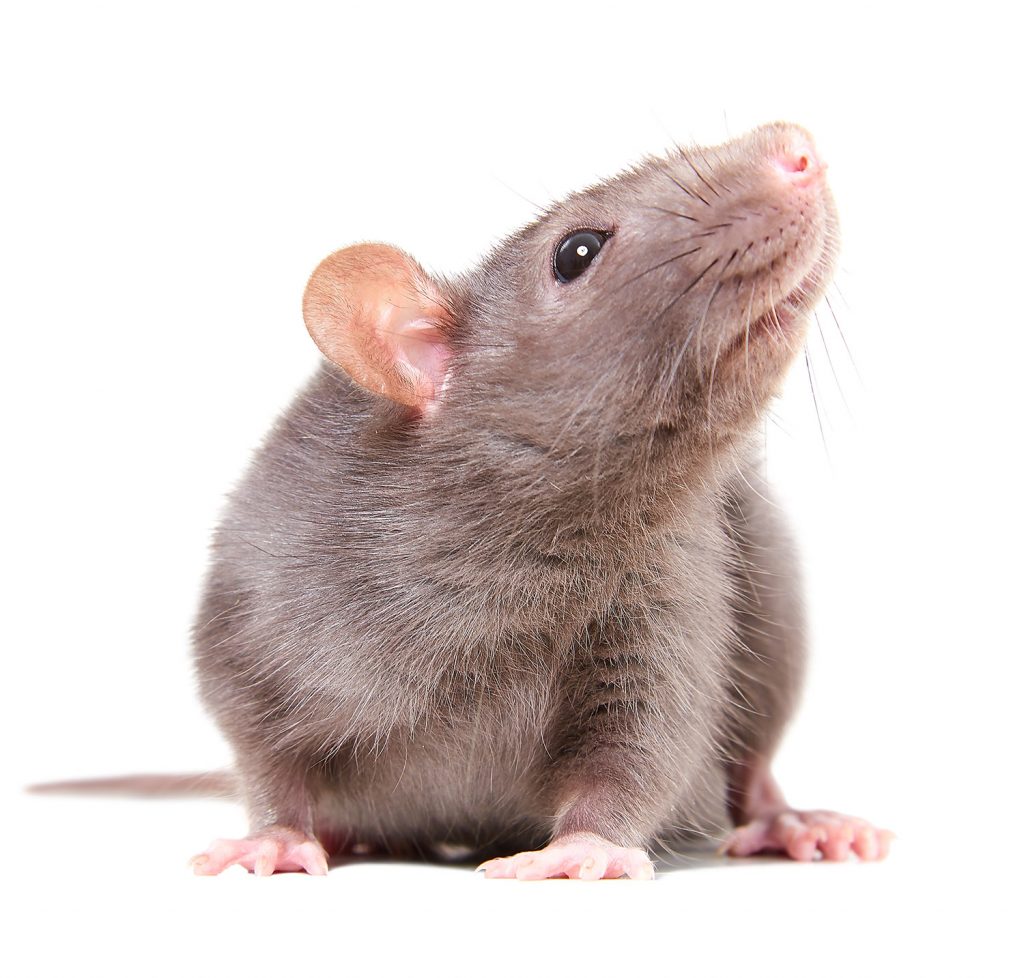
Rats
Rats have a larger size and different behaviors than mice, which are advantages for some studies, but a disadvantage for housing.
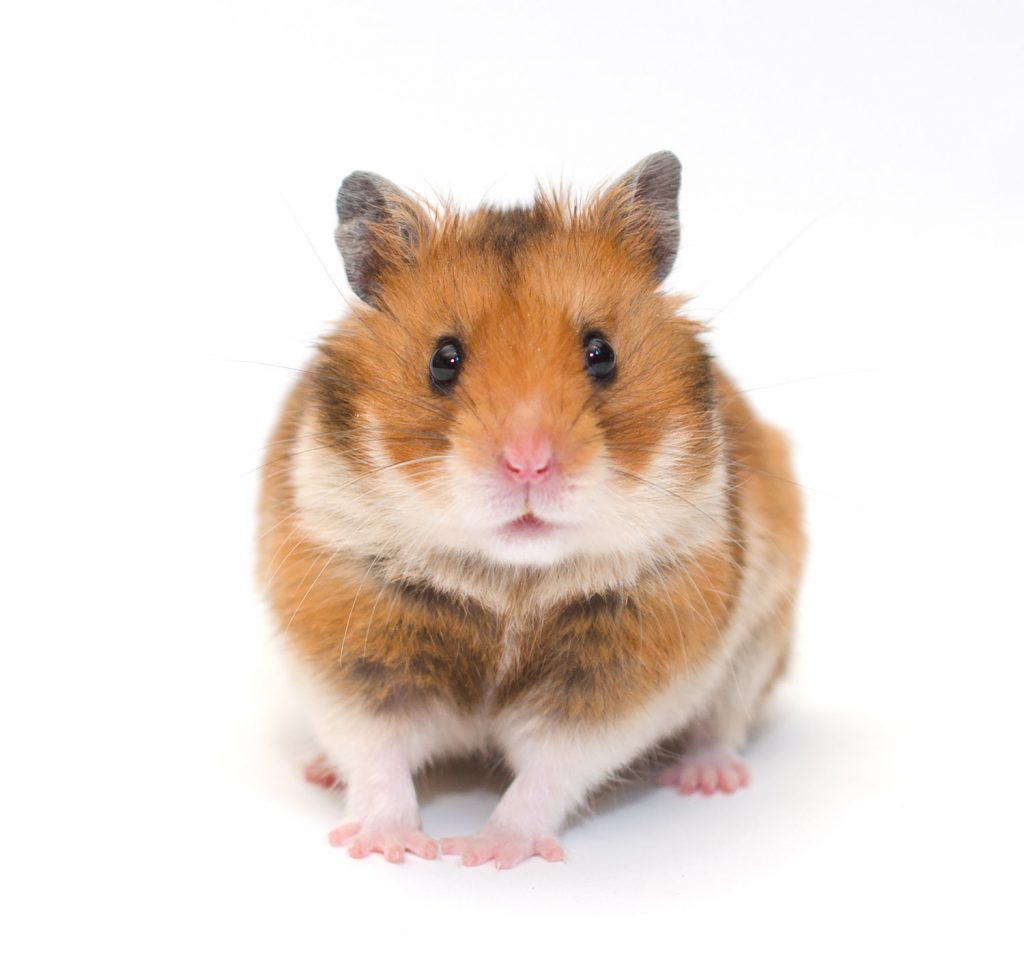
Hamsters
Used in neurological/pain and infectious disease research as models with similarities to human systems.
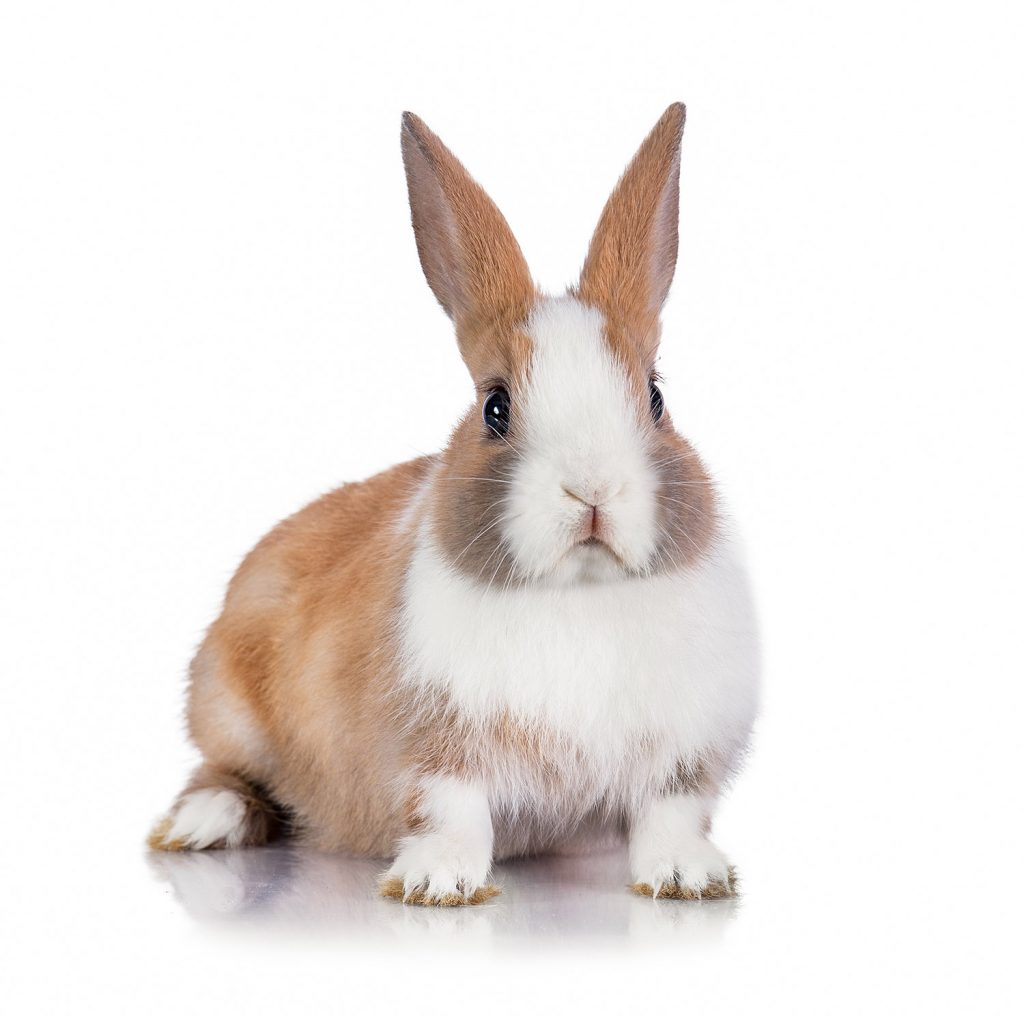
Rabbits
Used in part due to their large size, rabbits are docile and can be used in experiments that require restraint.
When most people think of laboratory animals, they think of the guinea pig. Their use in research has dropped to approximately 24% of the total research animals in the U.S., in part due to increased use of mice.
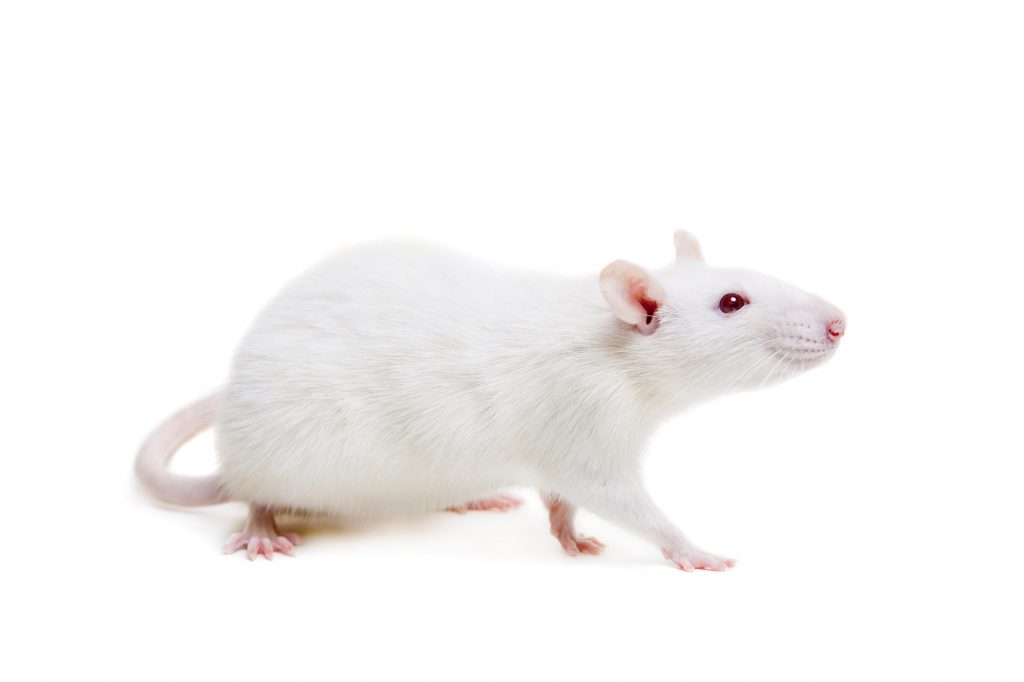
Artificial selection is used to produce lines/strains of laboratory animals that have desired characteristics, including docile behaviors. In some cases mutations are augmented, producing animals that have suppressed immune systems or specific diseases.
Even mice can have difficulty in confined uniform spaces, and most lab facilities would not have augmented cages like this pet store.
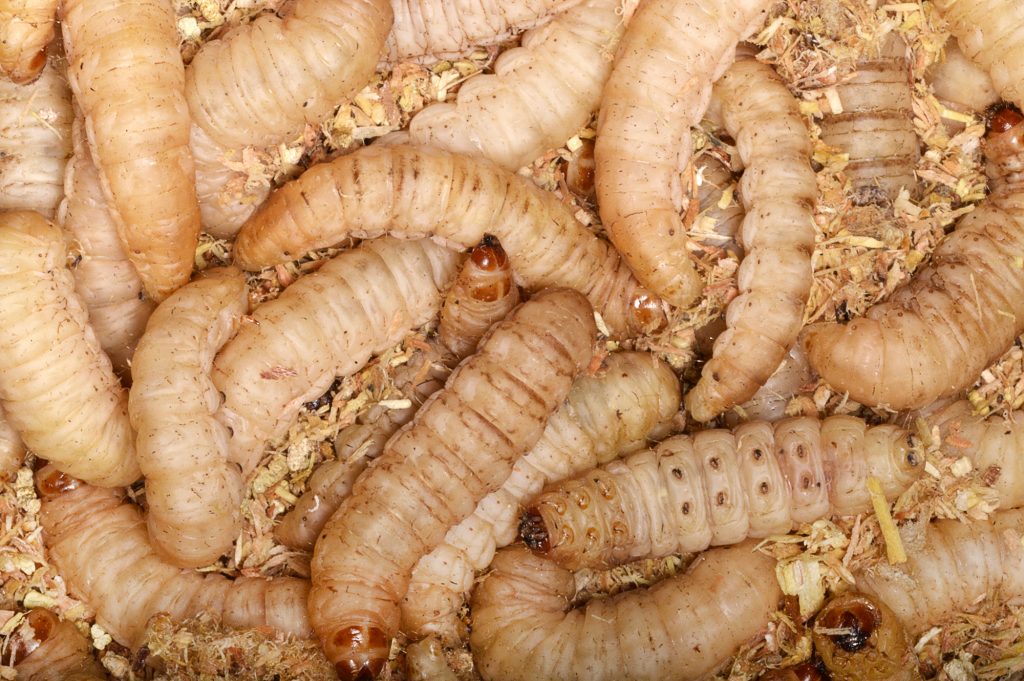
With an increase in regulation of laboratory animals in the European Union, non-vertebrate animals are being explored for use to replace current lab species.
The greater wax moth, Galleria mellonella, is now used as a model animal to study bacterial and fungal infections.
Laboratory animals can impact the career of scientists. An example of this is the impact of fruit flies on the research of Noble Prize winner Thomas Hunt Morgan.
Lab animals (and plants) have revealed genetic complexities that go beyond Mendel’s laws of inheritance.
In order to model the complex traits humans possess, including non-mendelian traits, mammals are used extensively as lab animals.
The use of animals in laboratory research brings up ethical conflicts that are introduced in this video.

Laboratory animals have played a significant role in science, but there are clearly ethical considerations associated with using animals in pain-inducing or fatal research protocols.
You will have an opportunity to write an opinion piece about the use of animals in research and other topics in module #10 of the course, as one of the final pieces that can go into the portfolio.
This is the end of the Proteins Guide. The material from this guide and corresponding lecture, along with material from the next Gene Tech Guide, are assessed on the weekly quiz.

Check your knowledge. Can you:
-
explain what is means to map a gene, including the basic process and historical use of fruit flies and crossover data?
-
list the characteristics of animal species that make them likely to be used as laboratory animals, including care and ethical concerns?
-
describe what research using laboratory organisms has revealed about “non-Mendelian” forms of inheritance?



